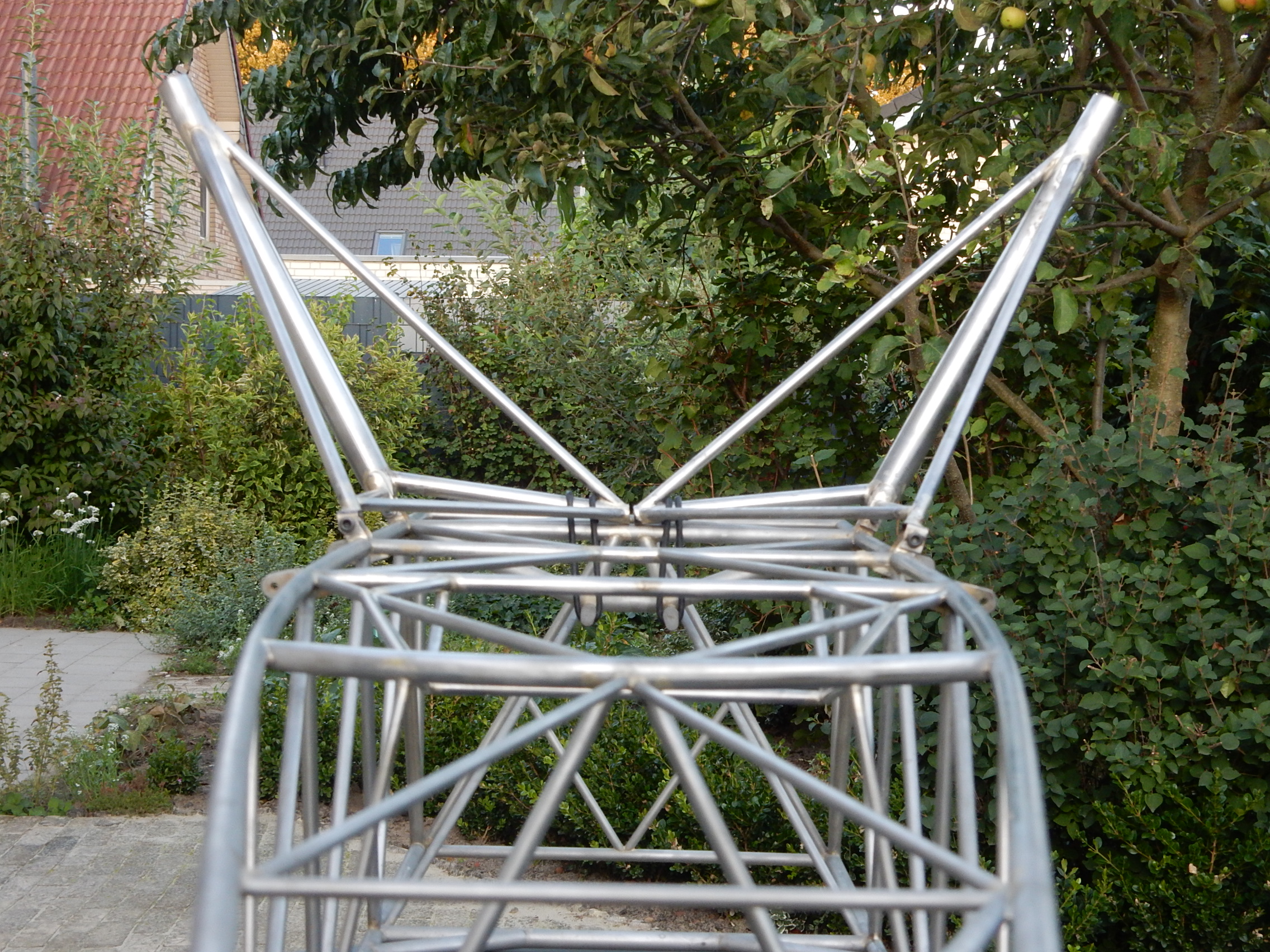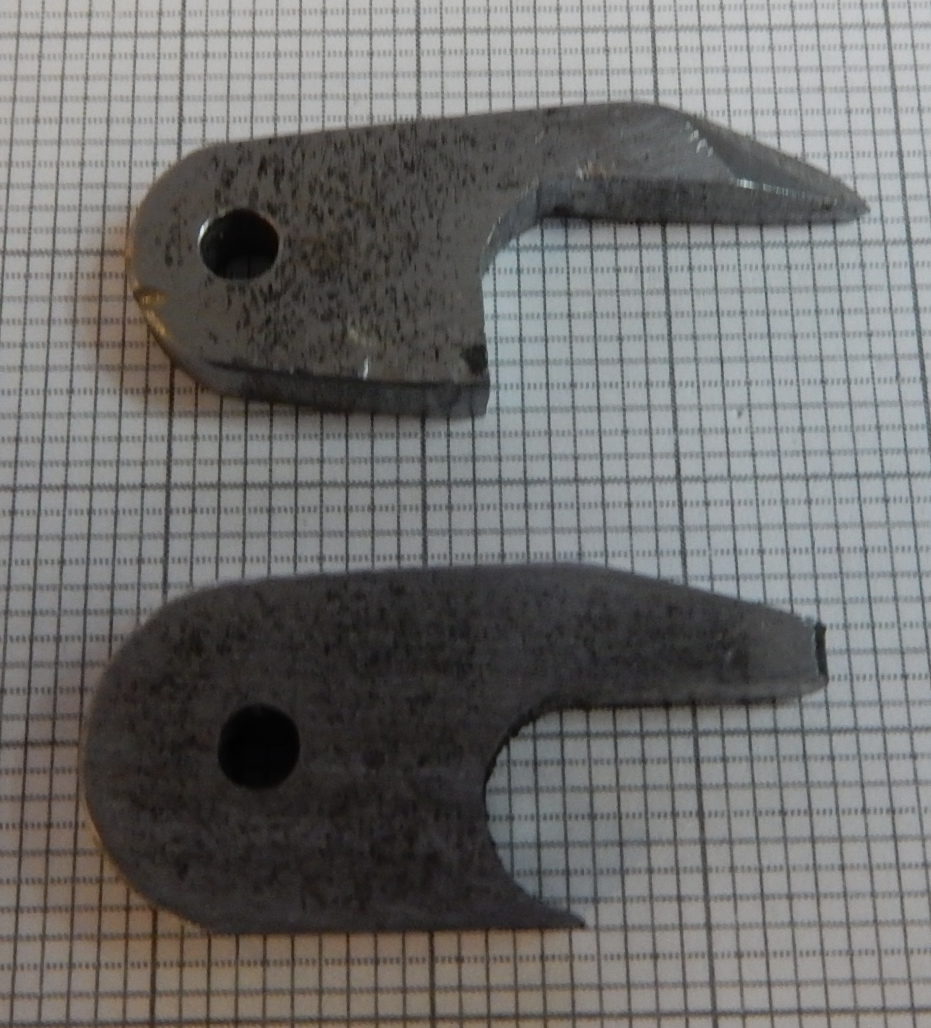Tag: u/c
-

-
One legged plane
The first leg is the easiest, the second has to match, which is far more work. However, I’m quite pleased with the weekends work. Total weight of the leg is 118 gram. I also added all the pilot seat tubing, giving a total fuse-weight of 1148 gram. (still hoping for a less then 2 kilo…
-
After brazing
Closeups of my handywork. After sandblasting I ‘ll reheat the joints to make them flow a bit more and fill any voids leftover. This will be for cosmetical reasons only.
-

Wing & u/c attachment hardware
The plans call for square tubing for mounting the wings, but you guessed it, not available in the size I want, not even close. Here I have to deviate from the plans and make something that will look the same, but is something I can make. At stations 31 and 51 I added the normal…
